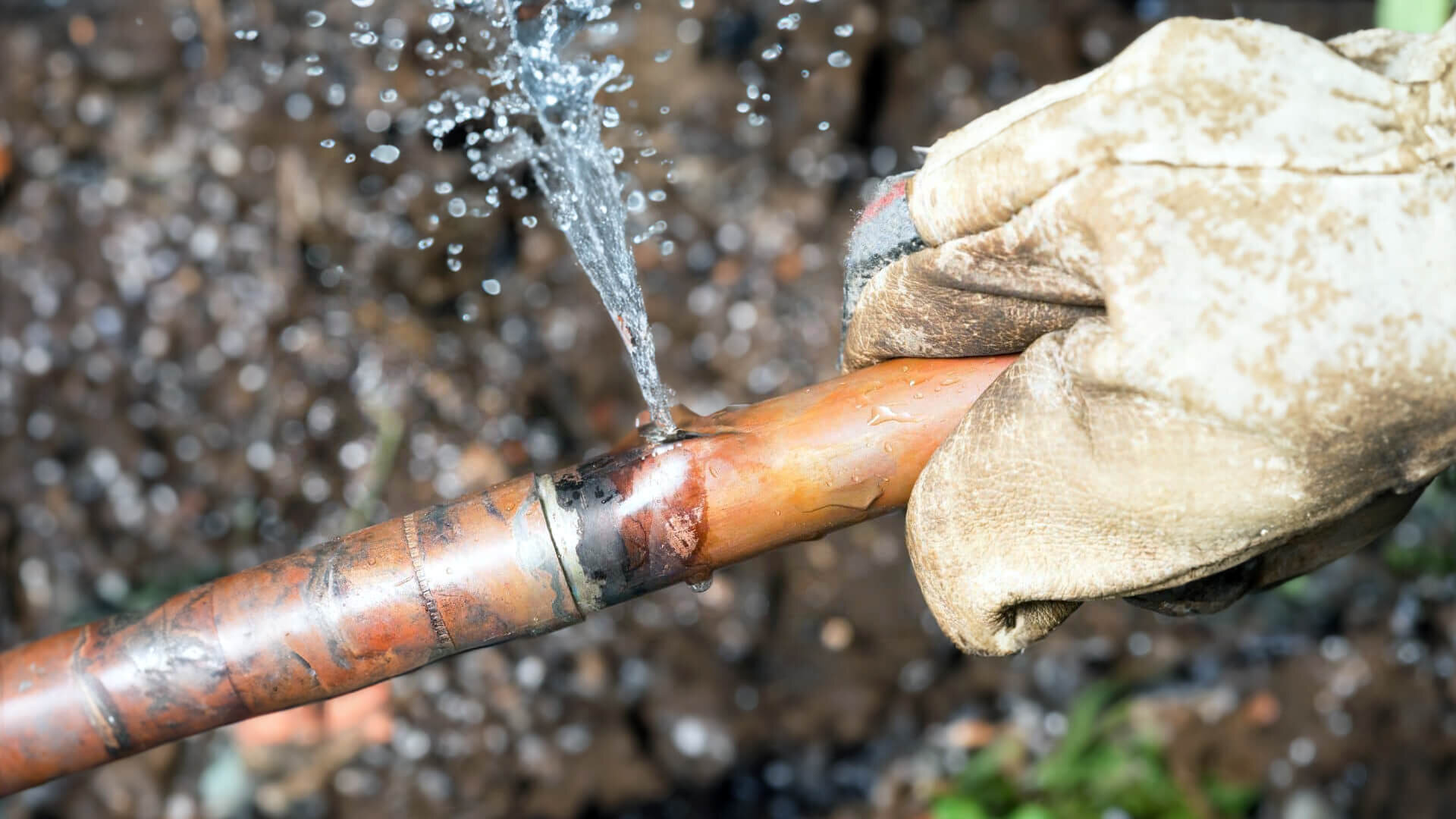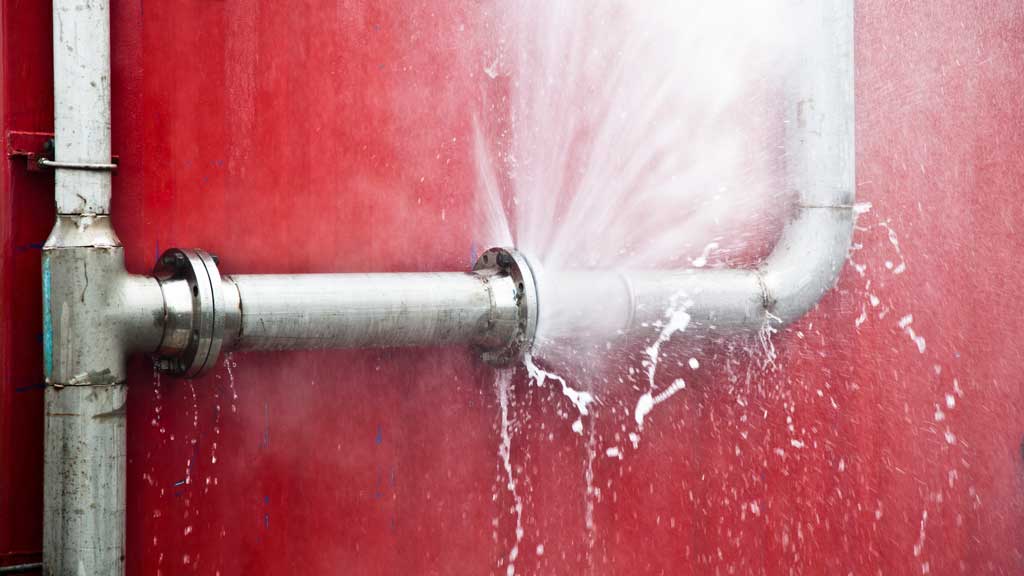Burst Pipe Insurance Claims: What You Need to Know for Water Damage Coverage
Burst Pipe Insurance Claims: What You Need to Know for Water Damage Coverage
Blog Article
Avoiding Burst Pipes: Necessary Tips to Shield Your Pipes
Preventing burst pipes is a vital worry for property owners, particularly throughout chillier months when the risk of freezing is increased. Executing calculated measures such as proper insulation, regular examinations, and keeping regular indoor temperature levels can substantially minimize the possibility of pipe failing. Furthermore, recognizing emergency situation procedures furnishes home owners to react swiftly to possible pipes concerns. Nonetheless, several are uninformed of the certain vulnerabilities that their pipes may encounter. Discovering these susceptabilities can offer indispensable insights right into securing your plumbing system properly.
Understand Pipe Vulnerabilities
Comprehending pipe susceptabilities is essential for effective pipes maintenance and avoiding expensive damage. Numerous variables add to the susceptibility of pipelines to bursts, including material make-up, age, and environmental conditions. Older pipes, especially those made from galvanized steel or polybutylene, typically degrade with time, leading to raised danger of leaks and tears.
Temperature changes can also considerably impact pipe integrity. In colder climates, water entraped in pipes can ice up, broadening and exerting stress on the pipeline walls, which might inevitably cause a ruptured. High water pressure can stress pipelines, especially at joints and bends, increasing the possibility of failing.

Insulate Piping Appropriately
Correct insulation of pipes is important for avoiding freezing and succeeding bursts throughout winter (burst pipe). Shielding your plumbing system efficiently safeguards against temperature level drops that can lead to costly damage. Begin by identifying prone locations where pipes are revealed to outdoor temperature levels, such as cellars, attics, and outside wall surfaces
Use foam pipeline insulation sleeves or cover insulation tape around these locations to give a protective obstacle. Make certain that all sections of the pipes, particularly those with restricted warmth direct exposure, receive adequate insulation. Pay unique focus to installations and joints, as these are a lot more vulnerable to freezing.
When shielding, it's necessary to choose products that fulfill local building ordinance and are suitable for the particular atmosphere. Fiberglass insulation is commonly recommended for its thermal resistance buildings. Furthermore, think about making use of heat cable televisions or tape in extreme problems, which can be connected in to offer extra heat
Regularly evaluate protected pipelines for any signs of wear or damages, as compromised insulation can decrease its effectiveness. By taking these proactive steps, you significantly lower the risk of pipe ruptureds, making sure a reliable pipes system throughout the cold weather.
Maintain Constant Temperature
A secure interior temperature is important for avoiding burst pipelines during the cold months. When temperatures decrease, water within pipelines can freeze, developing and expanding stress that may eventually create the pipes to ruptured. To alleviate this danger, house owners ought to maintain a consistent temperature throughout their living area, ideally no less than 55 ° F(13 ° C)Utilizing a programmable thermostat can assist handle indoor temperature levels efficiently, making sure that areas with plumbing stay cozy even when your house is unoccupied. Pay special interest to areas that are a lot more susceptible to chilly, such as garages, cellars, and attics. Keeping cupboard doors open under sinks can additionally allow warmer air from the home to distribute around this link pipes.
Additionally, it is prudent to allow faucets to trickle a little throughout severe cold spells. This small circulation of water can stop cold by reducing stress within the pipelines. Furthermore, throughout particularly severe climate events, consider momentarily putting on hold any kind of nighttime troubles on your thermostat to preserve a stable cozy environment. By implementing these techniques, homeowners can significantly reduce the danger of pipe bursts and protect their plumbing systems versus the severe wintertime aspects.
On A Regular Basis Check Pipes
Regular assessments of plumbing systems are crucial for protecting against burst pipelines and keeping total home stability. Routine checks enable homeowners to identify prospective problems prior to they rise right into expensive repairs or significant water damage. During these inspections, it is essential to take a look at noticeable pipes for indications of rust, leaks, or use. Pay special attention to locations vulnerable to cold, such as cellars, attic rooms, and exterior wall surfaces.
Additionally, examining click to read links and joints is essential, as these factors are usually vulnerable to leaks. Home owners should also evaluate water stress levels, as extreme stress can stress the pipes system and increase the risk of pipeline bursts.
Consider organizing professional plumbing evaluations at least as soon as a year, specifically before winter season, to ensure your system is prepared for colder temperatures. By being aggressive in your technique, you can secure your home against the disruptive and pricey consequences of ruptured pipelines.
Know Emergency Procedures
Recognizing emergency situation procedures is vital for every house owner, particularly after conducting regular plumbing evaluations. Being prepared for a plumbing emergency can substantially alleviate damage and save prices. Situate your major water shut-off shutoff; it is generally found near the water meter or where the main line enters your home. Acquaint yourself with its operation, as shutting off the water supply promptly can stop substantial flooding.
Following, maintain crucial tools helpful. A pipes emergency set should include a wrench, plunger, and towels, in addition to a flashlight and a container for little leakages. Furthermore, consider having the call info for a trusted plumbing technician readily available, should the situation escalate beyond your control.
If you detect a leakage or ruptured pipeline, promptly turn off the water system and alert your plumber. In addition, document the damage with photos for insurance policy objectives. burst pipe. Be aware of the indications of prospective plumbing issues, such as uncommon water pressure variations or damp areas on wall surfaces
Eventually, aggressive knowledge and speedy action are essential in managing pipes emergencies, ensuring your home stays safeguarded and reducing potential damage.

Conclusion
In conclusion, protecting against burst pipelines requires a diverse strategy that consists of understanding pipe vulnerabilities, correct insulation, preserving consistent indoor temperatures, routine assessments, and knowledge of emergency situation treatments. By implementing these crucial strategies, the risk of plumbing failures can be dramatically minimized, consequently making certain the long life and effectiveness of the pipes system. Proactive measures not just secure against prospective damage however additionally add to total water conservation and the protection of property.
In colder environments, pop over to these guys water trapped in pipes can ice up, applying and expanding stress on the pipeline wall surfaces, which might inevitably lead to a ruptured. When temperatures decrease, water within pipes can ice up, producing and increasing stress that may inevitably trigger the pipes to ruptured. By executing these approaches, homeowners can considerably decrease the danger of pipeline ruptureds and secure their plumbing systems against the severe winter components.

Report this page